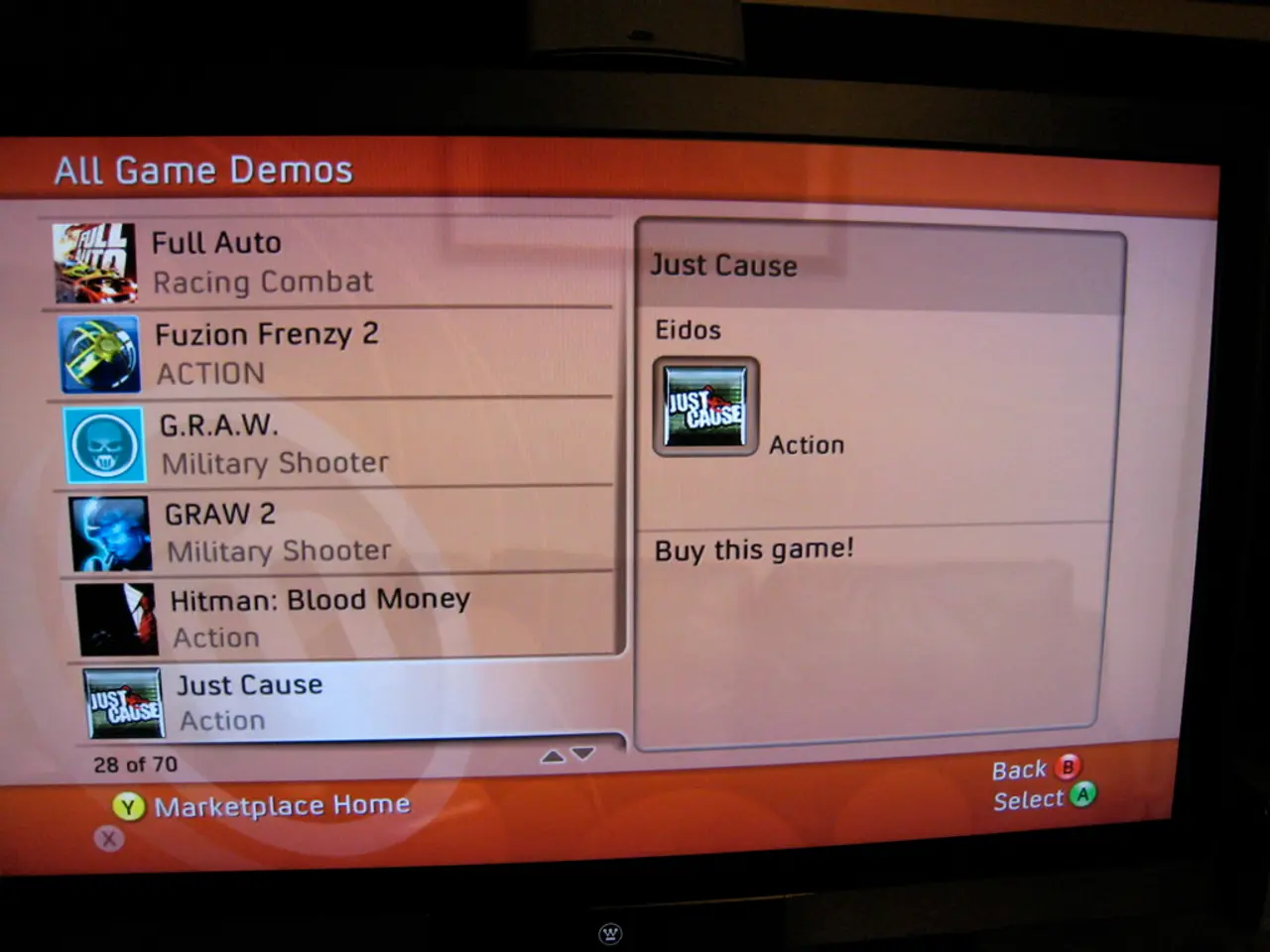Economic Victory of Hyperliquid: The Rationale Behind the Rising Decentralized Exchange
In the competitive landscape of decentralized finance (DeFi), Hyperliquid has emerged as a standout contender, outperforming rivals like dYdX, Aevo, and GMX. This success is largely due to its unique technological infrastructure and user-centric features, creating a compelling value proposition for traders.
At the heart of Hyperliquid's success is its custom Layer-1 blockchain, powered by the HyperBFT consensus mechanism. This innovative technology enables processing speeds of up to 100,000 to 200,000 orders per second and sub-second transaction finality, far surpassing typical Layer-2 based competitors like dYdX and GMX.
Unlike most decentralized exchanges (DEXs) that rely on off-chain order matching or Automated Market Makers (AMMs), Hyperliquid maintains a fully on-chain order book. This offers greater transparency and trustlessness by recording every trade directly on the blockchain, a rarity among perp DEXs and an advantage over dYdX and GMX.
Hyperliquid also eliminates gas fees for trading, significantly reducing trading costs for users. This zero gas fee model attracts both retail and institutional traders looking for cost-efficient execution. The platform offers centralized exchange-like features such as one-click trading execution and up to 50x leverage on over 130 assets, merging the best of CEX speed and usability with DeFi transparency.
To foster deep and reliable liquidity, Hyperliquid allows users to contribute liquidity through vaults, earning attractive yields. This incentivizes users to participate actively in the ecosystem, ensuring smooth trading conditions. The platform is also cross-chain compatible, supporting deposits from over 30 blockchains and featuring Ethereum compatibility through HyperEVM, enhancing accessibility and integration possibilities.
Hyperliquid's community-driven and fair tokenomics further reinforce its appeal. The project is largely self-funded, with 70% of its HYPE tokens allocated to users rather than venture capitalists, promoting a community-oriented approach that reinforces trust and long-term engagement.
At the token launch, 31% of the HYPE token supply was airdropped to early users, and the practical value of HYPE drives real demand for the token. The HYPE airdrop in November 2024 distributed 31% of the total supply to over 90,000 recipients, prioritizing users over speculators.
The HLP vault, an active market maker in Hyperliquid, received trading-related fees and redistributes them to liquidity providers. Hyperliquid regularly recorded over $5.6 million in daily fees, and the HYPE token is used for staking, delegation, trading fee discounts, gas on HyperEVM, and is listed on Hyperliquid's spot and perp markets.
Hyperliquid's community-centric airdrop strategy fueled growth and placed HYPE among the top DeFi assets by value. The success of Hyperliquid is based on economic alignment, benefiting traders, liquidity providers, token holders, and developers directly from platform growth. The approach to fees feels transparent, fair, and sustainable, contrasting with competitors who allocate fee revenue to foundations, investors, or passive mechanisms.
As of now, around 334 million HYPE tokens are in circulation, representing about one-third of the max supply. Notably, there was zero sell pressure from insiders due to the airdrop strategy. Hyperliquid's HYPE trading volumes averaged $300 million or more per day, and the token's all-time high was $45.59 by June 2025, with a current price of $36.12 and a circulating market cap of $12 billion.
In conclusion, Hyperliquid's combination of proprietary high-performance Layer-1 blockchain technology, zero trading fees, full on-chain order book transparency, advanced trading tools, and superior user experience sets it apart economically and functionally from competitors like dYdX, Aevo, and GMX. These advantages reduce costs, increase speed and trust, and attract liquidity and users, fueling its rapid adoption and success in the decentralized perpetuals market.
- Hyperliquid's unique technological infrastructure, including its custom Layer-1 blockchain, which supports up to 100,000 to 200,000 orders per second, has played a significant role in its fiscal success, providing an edge over competitors like dYdX and GMX in the decentralized finance (DeFi) market.
- In addition to its innovative technology, Hyperliquid's approach to governance is community-driven, with 70% of its HYPE tokens allocated to users rather than venture capitalists, fostering a long-term commitment and trust among its user base.
- Hyperliquid's token, HYPE, is used for various purposes within the platform, such as staking, delegation, trading fee discounts, and gas on HyperEVM, making it a valuable investment opportunity in the Decentralized Finance (DeFi) sector, setting it apart from competitors like dYdX, Aevo, and GMX.




